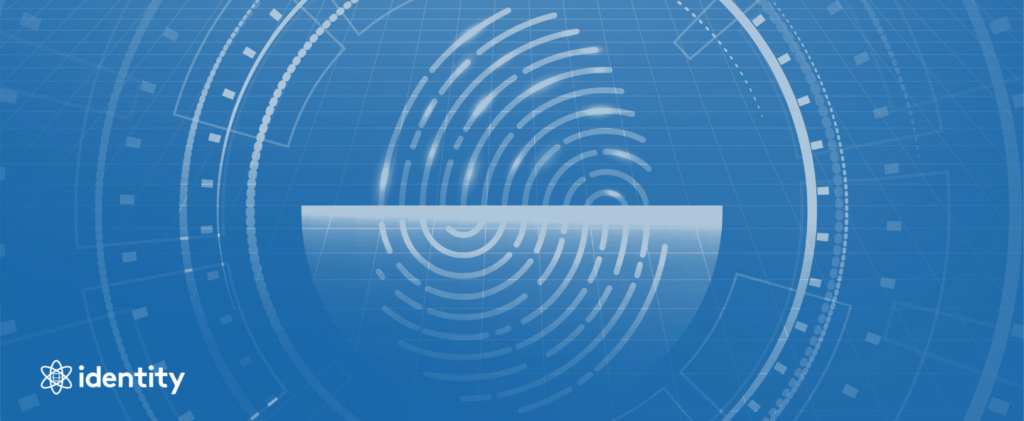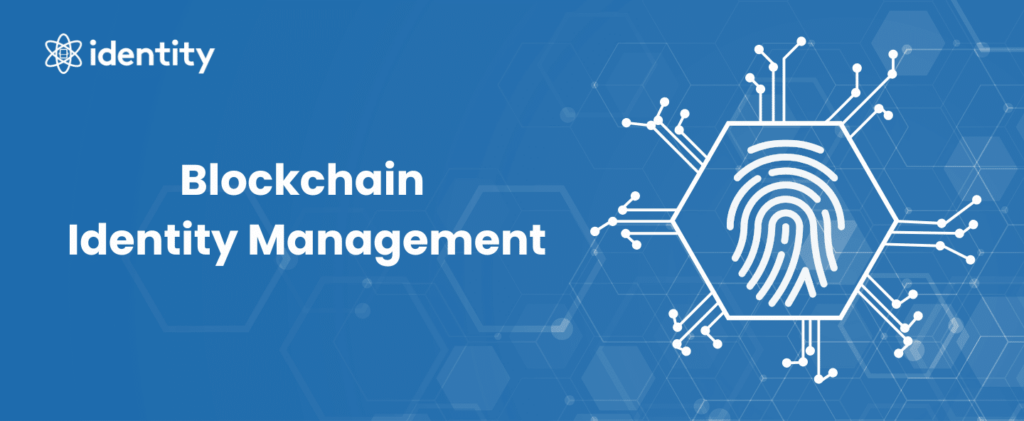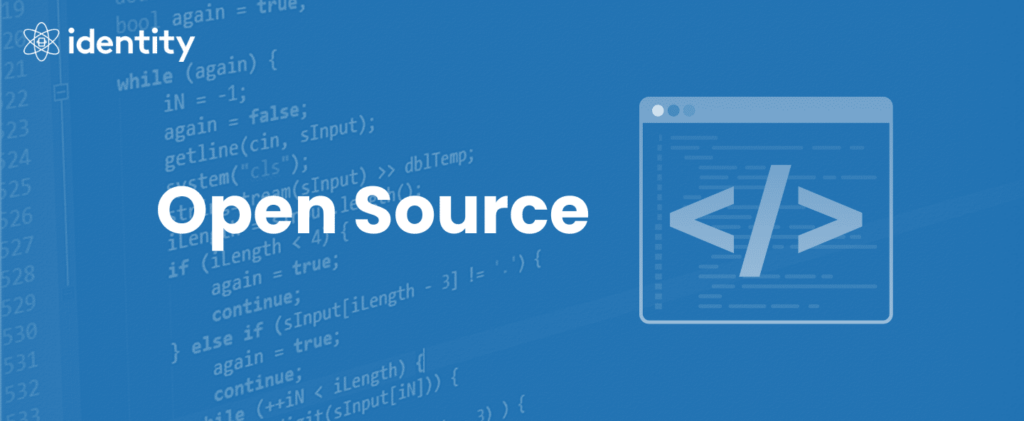What Are Decentralized Identifiers (DIDs)?

Key Takeaways: Decentralized identifiers (DIDs) are globally unique identifiers that can be used to identify an entity without a centralized authority. By using DIDs, users gain control over their personal information, ensuring secure and private digital interactions. DIDs use cryptographic techniques to ensure the security and authenticity of identities. This provides a tamper-proof and verifiable […]
What Are Consensus Mechanisms in Blockchain?

Central authorities play a crucial role in preserving the integrity of traditional financial institutions by facilitating consensus among stakeholders. However, decentralized systems like blockchain operate without such centralized oversight. So, the question arises: How do they achieve consensus and maintain transaction security? Unlike centralized establishments, where stakeholders know each other and can easily reach an […]
What Is Blockchain Identity Management?

Key Takeaways: Blockchain identity management is a decentralized approach to creating, storing, and managing digital identities using blockchain technology. By distributing data across a network of nodes, blockchain creates a more resilient infrastructure that reduces the risks associated with data breaches. Blockchain enhances identity verification by securely recording transactions and identity information, ensuring data integrity […]
Web5: The Next Generation of Decentralized Web

This is Part 3 of our web series on the evolution of the internet. For further insights, check out Part 1 and Part 2. Key Takeaways: Web5 is an ultra-decentralized vision of the internet. In Web5, users hold complete control over their data and online identities. Its framework revolves around Decentralized Identifiers (DIDs) and Decentralized […]
What Are Digital Signatures? The Complete Guide

Key Takeaways: Digital signatures verify the sender’s identity, ensuring that the message or document originates from the claimed source. This verification process provides a layer of trust, confirming that the content has not been altered during transit, ensuring the communication’s authenticity and security. By employing cryptographic techniques, including public and private keys, digital signatures offer […]
Web 1.0 to Web 2.0: The Evolution of the World Wide Web

This is Part 1 of our series on the history of the world wide web (From Web1 to Web5). For further insights, check out Part 2 and Part 3. Key Takeaways: Web 1.0 introduced the early internet, featuring static web pages designed for global information sharing in a read-only format. Web 2.0, the “read-write” web, […]
What Is a Peer-to-Peer (P2P) Network?

Key Takeaways: A peer-to-peer (P2P) network is a decentralized communication model where each participant, or ‘peer,’ has equal status. Each peer functions as both a client and a server, allowing for direct resource sharing without the need for a central authority. The P2P network architecture enables efficient scaling as more peers join, contributing resources and […]
The Impact of Blockchain on Data Privacy

The news is often filled with alarming stories about data breaches, and as a result, “data privacy” has become synonymous with “data breaches” in recent years. Identity theft and fraud are on the rise, yet companies continue to collect user data without sufficient safeguards. With growing public concern about how personal information is mishandled, many […]
What Is Open Source Software and How It Works

Key Takeaways: Open source software (OSS) is a computer software that is made available with its source code. This allows users to view, modify, and distribute the software freely under specific licensing terms. Often developed by a global community, open source software benefits from collective contributions that drive continuous improvement, faster bug fixes, and the […]